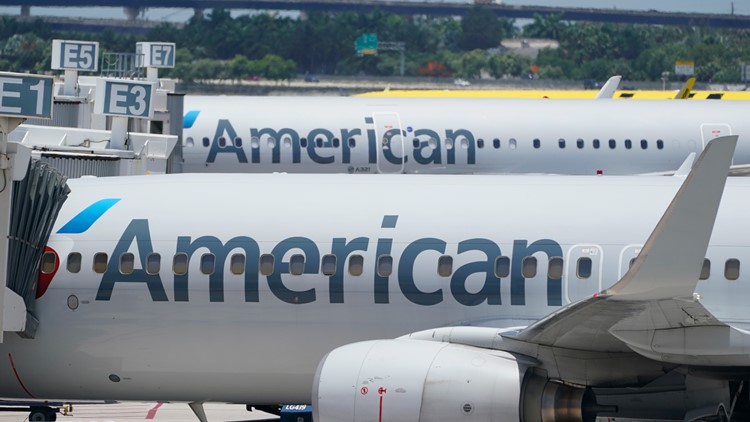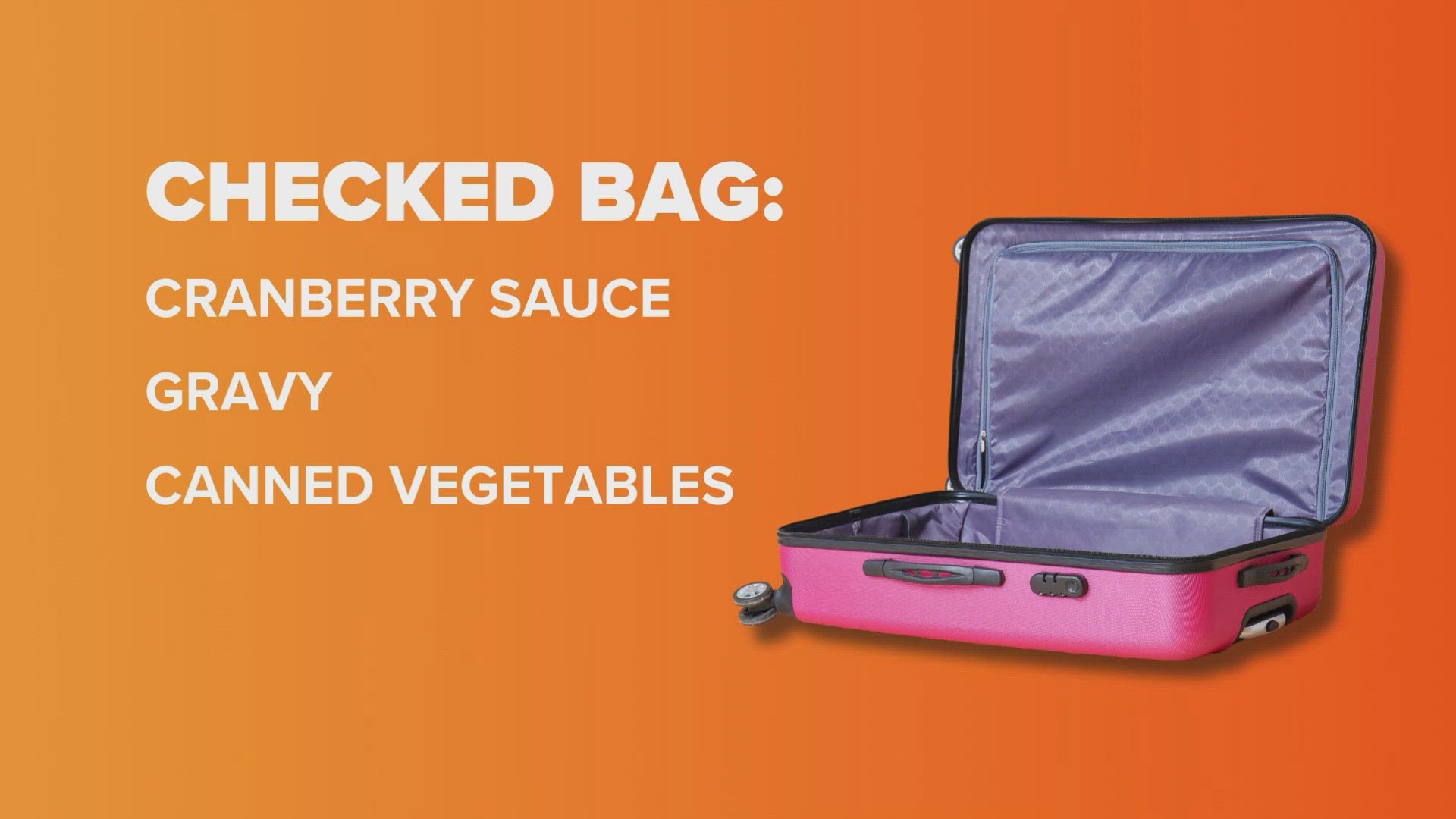DALLAS — CEO Robert Isom said Wednesday he feels good about where American Airlines Group Inc. stands after a "really busy summer" but he sees opportunities for improvement as the carrier continues its recovery from Covid-19.
Isom, who succeeded longtime CEO Doug Parker in March, said Fort Worth-based American closed out the summer travel season with a "solid" Labor Day weekend. The weekend capped off a summer that began with a successful Memorial Day but later became marred by a high number of cancellations and delays due to bad weather and operational issues within the airline industry. The airlines, including American, flew tight schedules as they limited capacity amid staffing shortages.
American (Nasdaq: AAL) transported 2.1 million customers on more than 20,500 flights during the weekend, according to an internal memo by Chief Operating Officer David Seymour. That’s 113% of the customers American flew during the same period in 2021 and slightly more than in 2019. Seymour also said that American's completion factor outperformed both 2021 and 2019 — meaning the carrier had fewer cancellations this year.
Since becoming CEO, Isom has said repeatedly that his top priorities for American this year are to return to profitability and improve reliability. Speaking at the Cowen Global Transportation and Sustainable Mobility Conference, Isom said American has made good progress on profitability but "has got some work to do" on reliability.
"Both of those are goals that are inextricably linked and everybody in our company knows it," Isom said. "We're out there preparing for the future. We have sized the airline for the resources that we have. We do have a lot of assets we could utilize better. We have done hiring throughout the summer. We're making progress with pilots and we've buffered our schedule to make sure that we're taking care of our customers in a way that they deserve."
In the second quarter, American reported a $476 million profit and record revenue of $13.4 billion. On the reliability side, American has cut more than 35,000 flights from its placeholder schedule for December, according to airline data tracker Cirium. The company cut 14,000 flights last week and another 21,600 in its most recent upload this past weekend.
Looking ahead, Isom has confidence because leisure bookings "remain strong" and he sees improvement happening in business and international travel — two areas that have lagged behind during the pandemic recovery. Trans-Atlantic revenue performance has exceeded 2019 levels, he said, though that has been fueled by bigger yields due to higher fares. Domestic business demand is also higher than it was in 2019, driven by small and medium-sized businesses, he said.
"Our business bookings remain strong and as we look into the future in the fall, I anticipate being able to build from here because there are other aspects of the network that really haven't come back fully online," Isom said. "We've got international upside when we talk about Asia and South America. We've got upside, I believe as well, as people return to the office."
The biggest issue facing American is the utilization of its assets, Isom said. The carrier has about 150 aircraft parked, including 100 regional jets, because of a pilot shortage.
"We actually have assets in place to fly a much larger airline," Isom said. "That would be a good thing, especially from a cost perspective. We think there are revenue opportunities to take advantage of as well."
American continues to negotiate with the Allied Pilots Association on a new collective bargaining agreement. The union recently participated in a nationwide picket, including about 300 pilots who lined the road heading into American's headquarters. APA has called for better pay and quality-of-life improvements such as more reliable scheduling.
Deals can be reached "when there’s common interests and win-win solutions," Isom said. He expressed a desire to get a deal done and said better utilization of assets will help since putting more aircraft in the sky will create more higher-paying captain jobs and lead to hiring more pilots, which improves seniority.
"I know they are interested in helping us grow and helping us bring on more pilots and getting us where we need to go," Isom said of the APA. "All that said, look, negotiations are something where you need to find the win-wins. We're in that process and we're still working with our pilots and the APA. I'm confident they want to find a deal and I do, too."
Capt. Dennis Tajer, a spokesman for the APA, said in response to Isom's comments a contract negotiation "is not conducted at a conference with investors and analysts."
"A contract negotiation is conducted at the bargaining table," Tajer said. "We need more than win-win. It should be a singular win for American Airlines. A contract will be a win for passengers, shareholders and us. Win-win makes it sound like a dividing line. We are American Airlines. We're here 30 years while management changes. Win-win seems to bifurcate us out."



